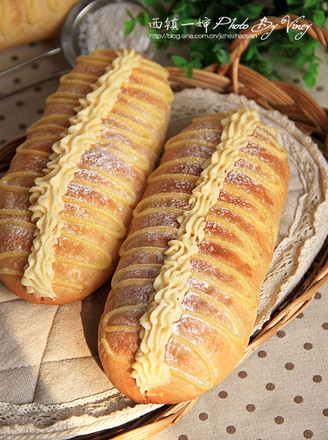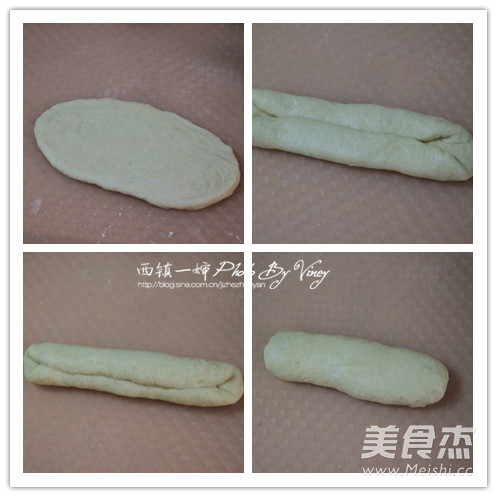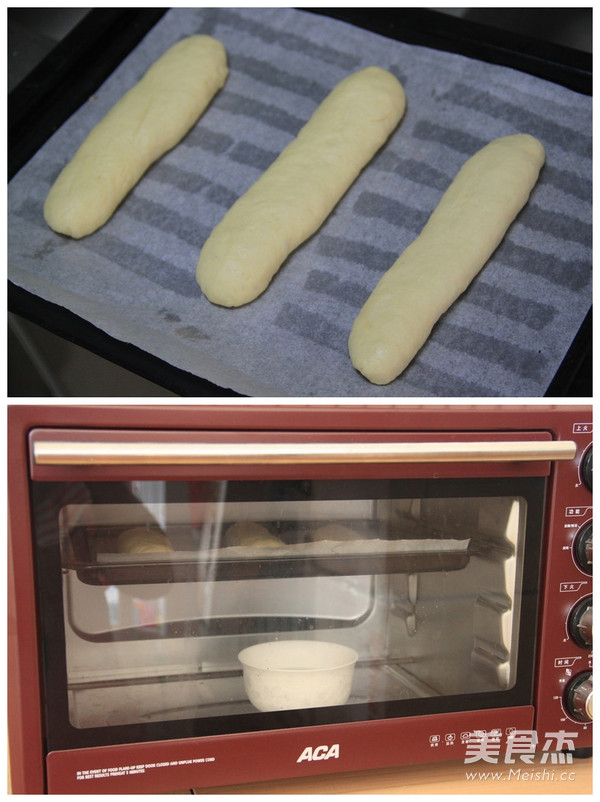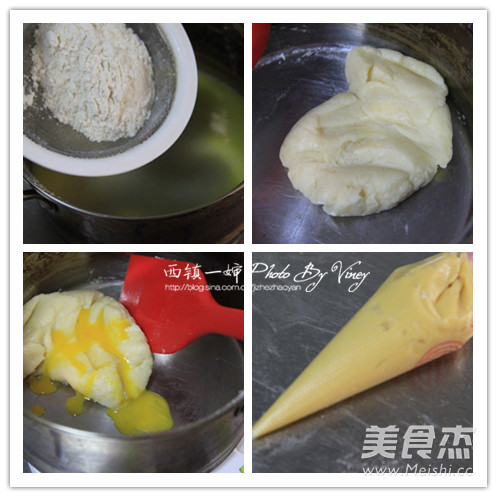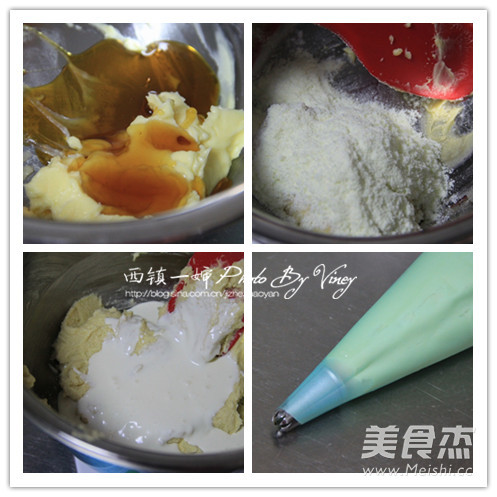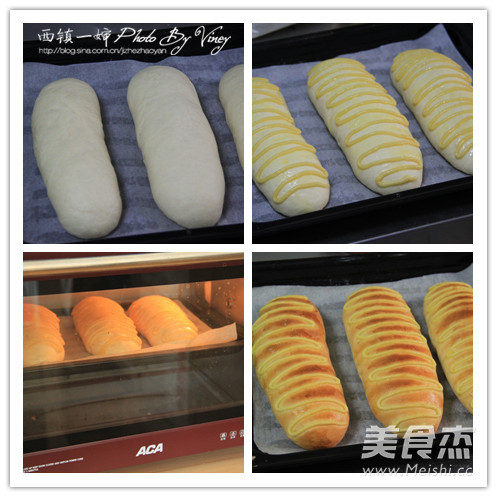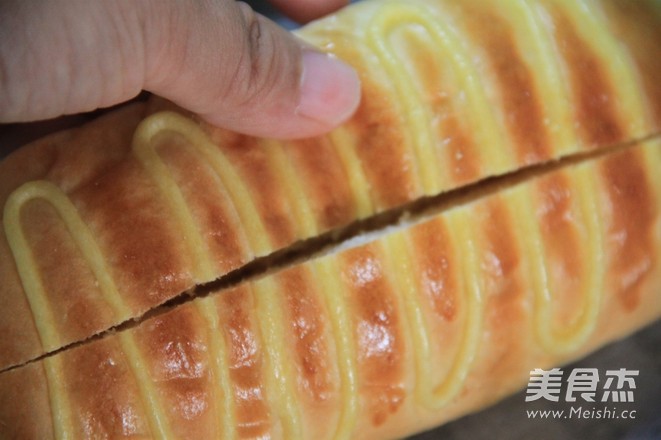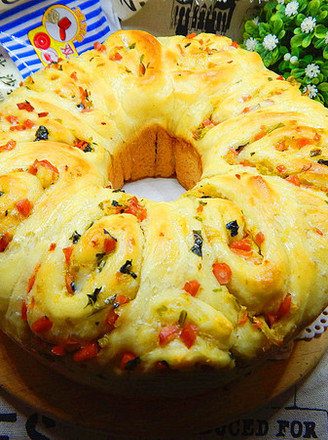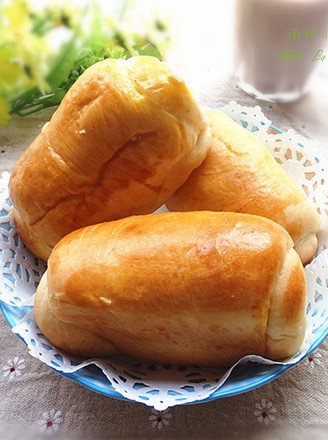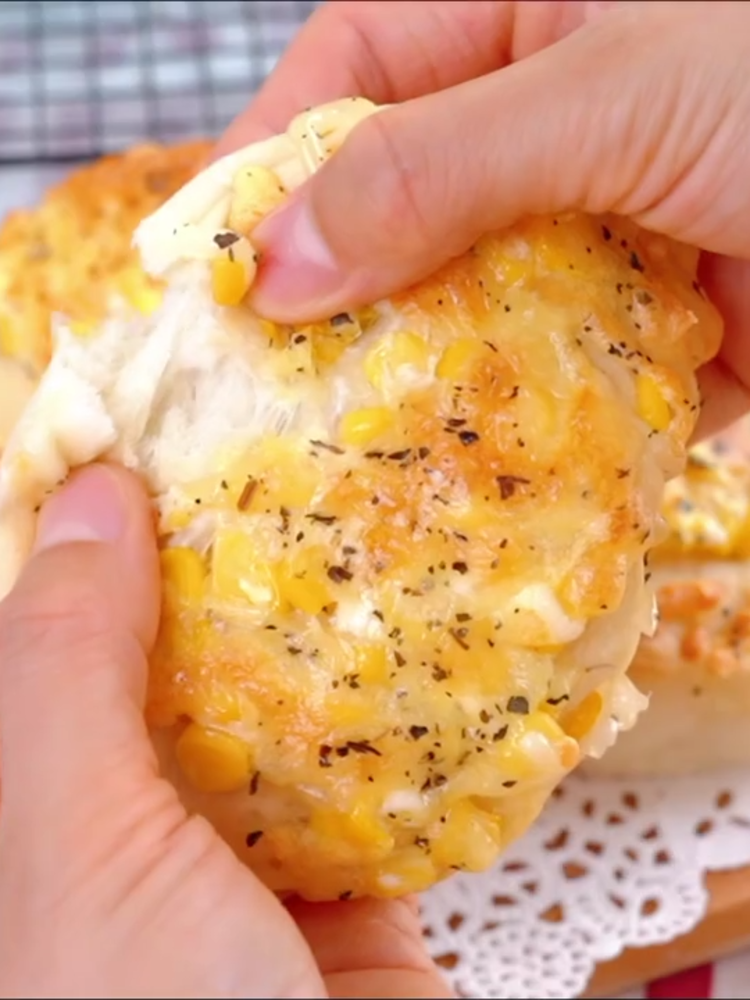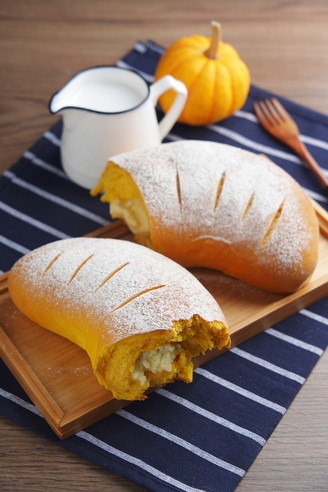Snow Bread
1.
Put all the ingredients in the dough except the butter in the bread bucket, mix it well and turn on the automatic kneading program. My bread machine has a fast film output. I chose 20 minutes. When I started to knead the dough, I could see that the flour gradually became a dough. Use a spatula to process the flour at the inner edge of the bucket. After the flour becomes a smooth dough, add the butter cut into small pieces and continue to knead the dough to allow the dough to fully absorb the butter. If you add butter too early, it will affect the dough that comes out of the film and knead it until it can pull out a large piece of film. The temperature is high in summer, you can open the bread machine to knead the dough to prevent premature fermentation

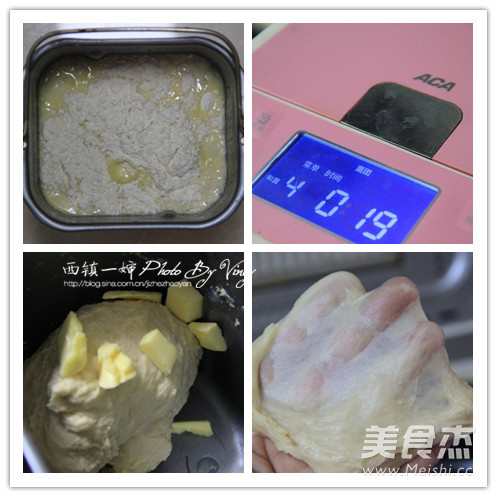
2.
After that, leave the dough in the barrel for the first fermentation at a temperature of about 28 degrees and a humidity of about 70-80%. In summer, the temperature is high, so don't use the fermentation program that comes with the bread machine. The temperature is too high and the yeast will be consumed prematurely. I usually cover the bread bucket with a layer of wet gauze, and then cover the lid of the bread machine for basic fermentation. It can be sent to twice the original size in an hour. This is what it looks like after one hour and 20 minutes. Then take out the dough, press out the air, and then let it rest and relax for ten minutes. After that, divide the dough into 6 equal parts. Round and relax for ten minutes. This is to prevent it from shrinking when it is rolled.

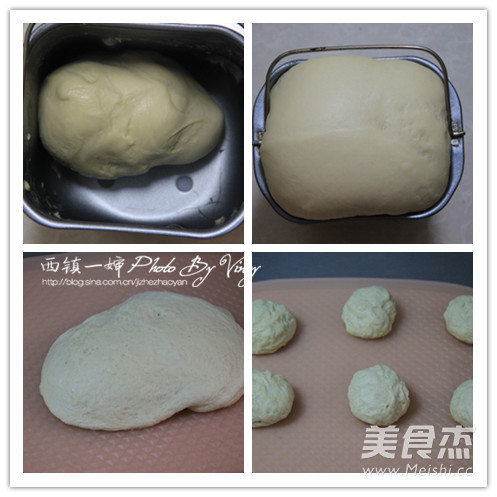
3.
Take a piece of dough, put a little flour on the bottom to prevent sticking, then roll it into a tongue shape and fold it up and down by 1/4, then fold it in half and place it in half, and it will look like the picture.
4.
Fold all six doughs in this way and place them on a baking sheet lined with greased paper. I divided it into two baking trays and fermented the dough for the second time, 40 minutes. I put a bowl of boiling water at the bottom of the oven, and then closed the oven door to ferment
5.
You can prepare puffs for surface use during fermentation. Put the butter, water, and salt together, and then heat it to a boil.
After sifting in high-gluten flour, quickly mix it into a smooth dough shape, add the egg mixture three times and mix well, mix well each time, add the next time and then put the puff stuffing into the piping bag , Cut a small opening at the front for use
6.
Let's make the bread filling again. Add the softened butter to the powdered sugar and beat it, then add honey to continue to beat it evenly, add milk powder, mix well with a spatula, add light cream, stir evenly and put it into a piping bag. I use a flower mouth to squeeze the shape. Then put it in the refrigerator and refrigerate, because the filling will taste better if it is refrigerated for a while, and it will be easier to squeeze the pattern
7.
At this time, the dough should be fermented. First brush a layer of egg liquid on the surface, then squeeze the curved puff batter and preheat the oven at 180 degrees for ten minutes, then put it on the middle layer and bake on the upper and lower fire for 20 minutes. The tube temperature is too high, you can add a layer of tin foil after the surface is colored to prevent the color from being too dark
8.
Wait for the bread to cool down slightly after it is out of the oven. After it is not hot, cut in the middle with a knife. Don't cut it. Then squeeze the stuffing. You can also sift a little powdered sugar to look good. Auntie is a group of broken flowers, let's take a closer look
Tips:
Two long words:
1. Because everyone's flour has different water absorption properties, the material moisture in the dough is for reference, and the best condition is that the dough is just sticky.
2. Because this bread has a cream filling, it won't last long at room temperature. If the temperature is too high in summer, it can be stored in the refrigerator, but this will also increase the aging speed of the bread, so it is better to eat it as soon as possible. Or squeeze the stuffing when you can eat it, and refrigerate the stuffing when you don’t eat it.

